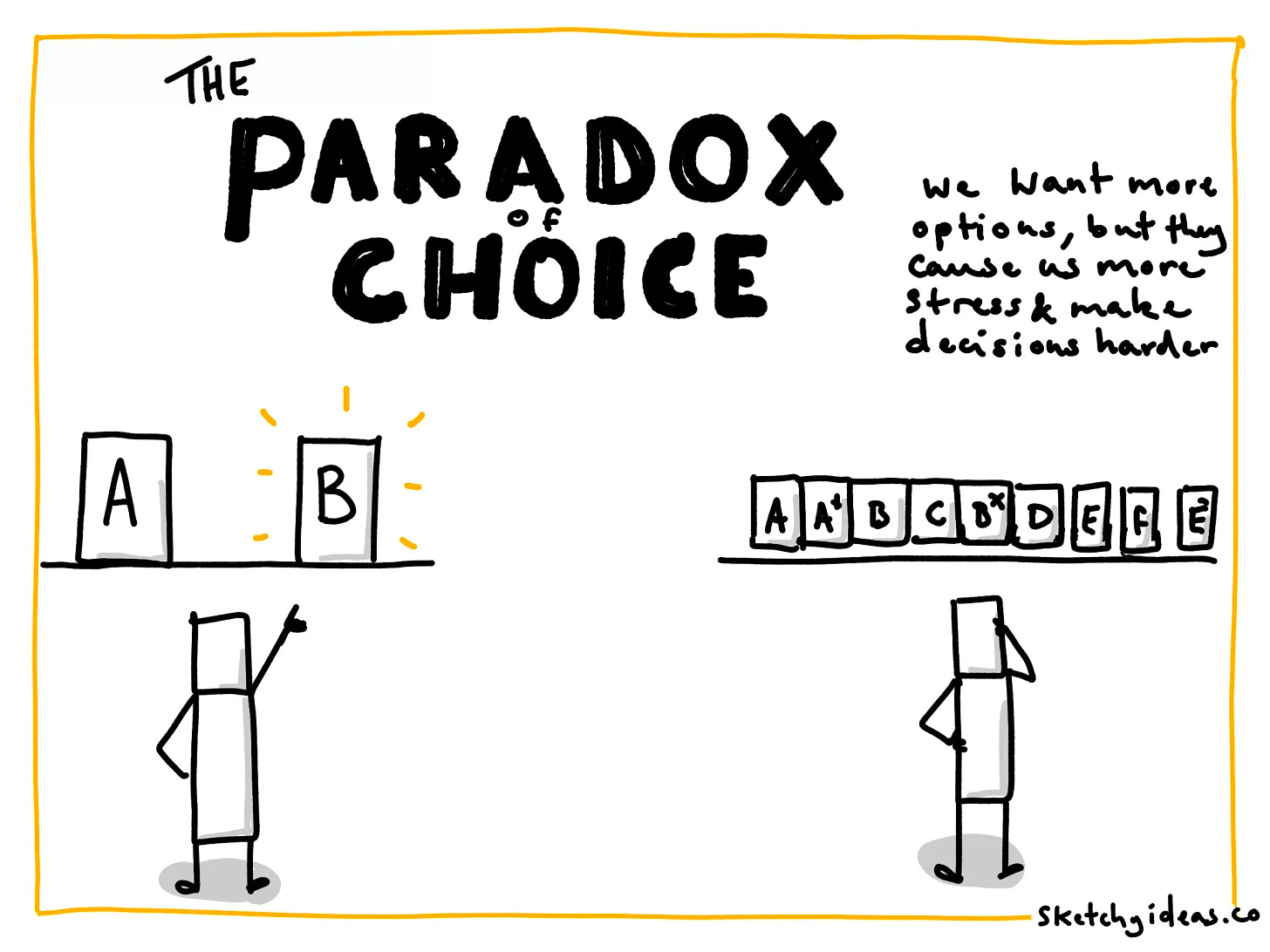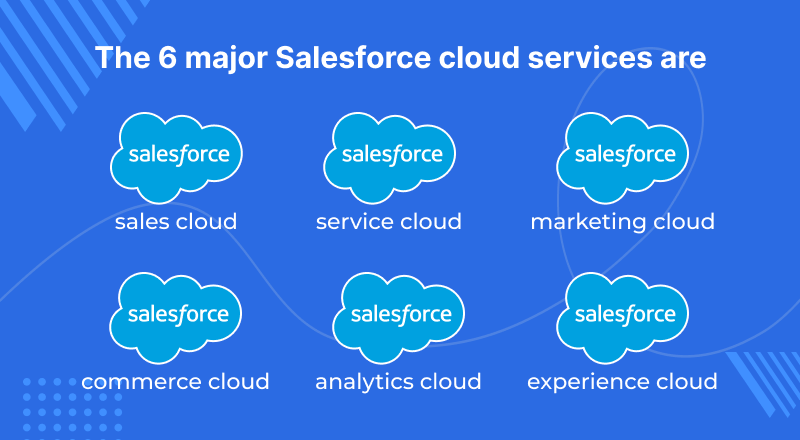Toss Aside Your Old Economics Textbooks!
Are you ready to go down the rabbit hole of human psychology and unearth some game-changing strategies for your Product Marketing? Let’s leave those dusty old textbooks behind and explore something far more exciting.
Why Behavioural Economics Should Be Your Startup’s New Best Friend
Remember those economics lectures that nearly put you to sleep? Those theories that made us all seem like cold, calculating robots? Well, guess what? Your clients are far from emotionless Vulcans. They're flesh and blood humans, complete with all the quirks and biases that make us so fascinatingly irrational.
Enter behavioural economics—not as a sneaky manipulation tactic, but as a way to genuinely understand what makes your clients tick. It's about looking beyond the business facade and recognising the human heart that beats behind every decision.
Time for a Product Marketing Makeover
Let's face it, traditional B2B marketing can be a bit of a snooze-fest. It's like listening to a monotonous speech, packed with data but lacking any real connection. And that's where many B2B strategies miss the mark—they forget that behind every decision-maker is a living, breathing human being.
But what if we could create product marketing that truly resonates? What if we acknowledged that the people we're trying to reach are driven by the same emotions and psychological nudges as any other consumer? After all, emotions influence a whopping 70% of our decisions.
Decoding the Magic of Behavioural Economics 👀
Once you uncover these behavioural economics gems, you'll spot their influence everywhere in the market.
Loss Aversion
Think about the last time you received a stamp card from your local coffee shop. Each purchase gets you closer to a free coffee, and suddenly, you're choosing the same café every morning. Why? Because the thought of not completing that card feels like a loss you're just not willing to accept.
In the B2B startup world, the fear of missing out can be a potent motivator. Consider offering a free trial of your software. Once businesses integrate your service into their operations and experience its benefits, the thought of losing access can drive them to subscription much more effectively than any sales pitch.
To apply loss aversion to your product marketing strategy, consider the following:
Design a free trial program that showcases the full potential of your software, including premium features.
Ensure that the premium features are integrated into the user experience, making them feel essential to the customer's workflow.
Communicate the value of the premium features throughout the trial period, reinforcing their importance to the customer.
Provide clear guidance on how to subscribe to the full version of your software to maintain access to the premium features after the trial period ends.
The Paradox of Choice: Simplifying Options for B2B Customers
Ever felt overwhelmed trying to pick a new series to watch from the hundreds available across Netflix, Amazon Prime, and Disney+? You're not alone. This is the "Paradox of Choice" in action. In theory, more options should make us happier. In reality, they often leave us frozen, unable to decide for fear of making the wrong choice.
In the B2B startup world, product offerings can be complex, and customers often face an overwhelming number of choices. This is where the behavioural economics principle of the paradox of choice comes into play. This principle suggests that while we may believe more choices are better, too many options can actually lead to decision paralysis and lower conversion rates.
By reducing choice overload and structuring your product options in a way that guides businesses toward making a decision, you can significantly increase conversion rates and improve customer satisfaction.
To apply this principle to your product marketing strategy, consider the following:
Simplify your product offerings by bundling features or creating tiered packages.
Guide customers towards a decision by highlighting the most popular or recommended options.
Use clear, concise language to describe each option and its benefits.
Anchoring: Setting Price Perceptions in B2B Sales
Ever noticed how a high-end restaurant menu often starts with the most expensive items or specials? This isn't just culinary vanity; it's psychological strategy. By first showing the costliest dishes, the rest of the menu suddenly seems more affordable, making a slightly pricey but not top-tier dish appear as a great deal.
In the context of B2B sales, startups can leverage this principle by introducing a high anchor point in pricing discussions or initial proposals.
Here's how it works: by establishing a higher starting point, even if it's above market norms, subsequent offers may seem more reasonable in comparison. This can potentially lead to higher revenue and profit margins for the startup.
To apply anchoring to your product marketing strategy, consider the following:
Set a high initial price point in your proposals, knowing that you have room to negotiate down.
Highlight the value of your product or service to justify the higher price point.
Use case studies or testimonials to show how your product has delivered results for other clients, reinforcing the perception of value.
The Decoy Effect: The Art of Strategic Pricing
Imagine you're at the cinema, deciding between a small popcorn for £3 or a large for £7. Then you see the medium is priced at £6.50. Suddenly, the large seems like a much better deal for just 50p more, doesn't it? This is the decoy effect in action: the medium serves as a decoy, making the large popcorn—the option the cinema really wants you to buy—appear more valuable.
Similarly, by structuring your SaaS pricing tiers with a decoy option, you can steer customers towards the tier you most want them to choose. For example, if your goal is to sell more of your premium package, you might introduce a middle tier that's close in price but lacks some key benefits, making the premium tier seem like a no-brainer by comparison. This subtle nudge can significantly shift buyer choice without them feeling pressured.
To apply the decoy effect to your SaaS pricing strategy, consider the following:
Introduce three pricing tiers: a basic tier, a decoy tier, and a premium tier.
Price the decoy tier close to the premium tier, but ensure it offers significantly less value in terms of features and benefits.
Highlight the superior value of the premium tier compared to the decoy tier, making it the most attractive option for customers.
Use clear, concise language to describe each tier's features and benefits, emphasising the premium tier's advantages.
Charm Pricing: The Power of 9
Ever wondered why so many prices end in .99? Whether it's a gadget for £199.99 or a dress for £49.99, there's something about that price point that seems more attractive than rounding up by just a penny. This isn't coincidence—it's charm pricing. Our brains tend to process £199.99 as significantly less than £200, even though the difference is minimal.
This principle doesn't just work in retail; it's also effective in B2B settings. Consider setting your service prices at just under a round number (e.g., £999.99 instead of £1000). This can make a psychological impact, suggesting value and affordability, and can be particularly effective in tiered pricing strategies where each step up feels like a small, justifiable increase.
To incorporate charm pricing into your product marketing strategy, consider the following:
Analyse your current pricing structure and identify opportunities to use charm pricing.
Test different charm pricing variations to determine which ones resonate best with your target audience.
Use charm pricing in conjunction with other behavioural economics principles, such as anchoring or the decoy effect, to optimise your pricing strategy.
Social Proof: The "Popular on Netflix" Effect
Netflix's "Popular on Netflix" and "Trending Now" categories are perfect examples of social proof in the digital age. Seeing that others are watching a show can pique your interest or validate your decision to give it a try, even if you knew nothing about it beforehand.
In a similar vein, showing potential clients that their peers or competitors are using your product can be a powerful motivator. This could take the form of showcasing logos of well-known companies that are customers, displaying user counts ("Join 5,000+ other professionals who use our product"), or sharing user testimonials and case studies. This type of social proof acts like a magnet, drawing in prospects through the power of collective approval.
To apply social proof and scarcity to your B2B marketing strategy, consider the following:
Showcase the number of businesses already using your product, emphasising well-known brands or industry leaders.
Share case studies and testimonials from satisfied customers to demonstrate the value and effectiveness of your offering.
Create limited-time offers or exclusive access programs for new features or products, leveraging the power of scarcity to drive adoption.
Emphasise the unique or innovative aspects of your offering, positioning it as a rare opportunity for businesses to gain a competitive edge.
Scarcity: The Limited-Edition Sneaker Drop
Limited-edition sneaker releases are a masterclass in using scarcity to drive demand. By releasing only a small number of pairs, brands not only create a frenzy but also instill a sense of exclusivity and urgency among buyers. The idea of owning something rare can make it seem far more valuable.
This strategy can be just as effective for B2B products and services. For instance, offering early access to a new feature or a limited-time discount can create a sense of urgency that encourages immediate action. Highlighting the limited nature of the offer ("Only available to the first 50 sign-ups!") can accelerate decision-making processes and boost conversions.
To apply social proof and scarcity to your B2B marketing strategy, consider the following:
Offer beta or early access to new features or products to the first sign-ups, rewarding engagement and creating exclusivity.
Use phrases like "Exclusive early access for the first 100 subscribers!" to prompt quick action and boost sign-ups.
Add countdown timers in marketing materials to signal the end of the offer, encouraging faster responses from prospects.
Make it clear what prospects stand to lose if they don’t act. Phrases like “Don’t miss out on this one-time offer” or “Secure your exclusive access before it’s too late” can be highly effective.
Offer special pricing or bonuses (like additional features) that are only available for a limited time. Emphasize the deadline clearly ("Offer ends in 48 hours!") to create a sense of urgency.
The Perceived Quality of Paid Services
In the B2B world, the perception of value is often closely tied to price. This behavioural economics principle suggests that a service perceived as more expensive can be seen as more valuable, making the investment seem not only justified but essential.
Here's how it works: when a company offers a product or service at a higher price point, potential customers often attribute the higher cost to superior quality, advanced features, or better customer support. This perception of value can make the investment appear more worthwhile, even if the actual differences between the paid and free versions are minimal.
To apply the principle of perceived quality to your B2B marketing strategy, consider the following:
Offer a tiered pricing structure with both free and paid versions of your product or service.
Clearly differentiate the features and benefits of the paid version, highlighting its advanced capabilities and exclusive support.
Utilise premium branding and design elements for your paid offering to reinforce the perception of higher quality.
Emphasise the value of the paid service in terms of time savings, improved efficiency, or reduced risk, rather than focusing solely on cost.
Real-World Inspiration: Slack and Salesforce
Let's take a peek at how some of the big boys use behavioural economics to drive engagement and boost sales.
Decoy Pricing: Slack's "Just Right" Option
Slack does something pretty smart with their pricing plans. They offer several options, but it's the way they position them that's the genius part. You've got your Free, Pro, Business Plus, and then the Enterprise Grid. For the average mid-size company, Plus seems like the Goldilocks option—not too basic, offering just the right amount of features for the price.
It's as if Slack placed the Pro plan there just to make Business Plus plan look even better, a decoy making you feel like you're making the smartest choice without breaking the bank.
Loss Aversion: The Salesforce"FOMO" Strategy
Salesforce is a master at using loss aversion to drive upgrades. They'll roll out a shiny new feature with the promise of increasing your sales, but here's the catch: it's only available at the current price for a limited time. Cue the "I don't want to miss out" panic and watch those upgrade numbers soar.
Paradox of Choice: Salesforce's Simplified Offering
Back to Salesforce, they've mastered the art of simplifying choices. Instead of overwhelming potential customers with a barrage of options, they've reduced their services into a few clear-cut packages.
This simplification helps customers avoid the analysis paralysis that often comes with too many options. By presenting a more manageable selection, Salesforce makes it easier for businesses to decide, ensuring that customers feel confident and clear about their choice.
Putting Behavioural Economics to Work for Your Startup
So, how can you start weaving these behavioural economics principles into your own product marketing strategy? Here are a few ideas:
1. Create pricing plans that leverage anchoring and decoy effects to make your preferred option irresistible.
2. Infuse your content marketing with social proof and scarcity to build trust and urgency.
3. Design a user experience that guides your visitors towards conversion with the finesse of a boutique hotel concierge.
4. Create an air of exclusivity around your offerings, making your clients feel like they're part of a VIP club.
5. Transform your case studies into engaging stories that showcase the human side of your brand.
More Everyday Tricks Businesses Use to Influence Us
It's not just the big players like Slack and Salesforce who are using behavioural economics to their advantage. In fact, you probably encounter these principles on a daily basis without even realizing it.
Take gym memberships, for example. Gyms know that you'll sign up in January with the best of intentions, but they also know that many of us will lose steam after a few weeks. So, what do they do? They oversell memberships, banking on the fact that a good portion of people will drop off, leaving them with a tidy profit.
And what about those last-minute holiday deals that seem too good to pass up? You might have started out with the intention of saving money, but then you stumble upon a flash sale for a luxurious getaway, and suddenly, you're daydreaming about sipping cocktails by the pool. That's the power of scarcity and impulse decision-making at work.
In fact, a Gallup report found that companies applying behavioural economics principles to their customer and employee strategies outperformed their peers by a whopping 85% in sales growth and over 25% in gross margin. If that's not a reason to pay attention to these principles, I don't know what is!
So, the next time you're swayed by an enticing deal or find yourself justifying a purchase because "it's such a bargain," remember, it's not sheer luck—it's Behavioural Economics at work!
If you want to go even deeper into how behavioural economics shapes our decision-making, I highly recommend checking out this fascinating talk by Rory Sutherland, Vice Chairman at Ogilvy UK. Trust me; you'll never look at a price tag the same way again.
In Conclusion: Embracing the Irrational
As we've seen, behavioural economics is a powerful tool for understanding and influencing human decision-making in the world of product marketing. By understanding the quirks and biases that make us all so fascinatingly irrational, startups can create marketing experiences that truly resonate with their clients.
So, the next time you're creating a strategy, remember: your customers are only human – and that's a good thing! Embrace their irrationality, and you might find your startup's success is anything but random.
After all, who needs cold, hard logic when you've got the power of human behaviour on your side?
















